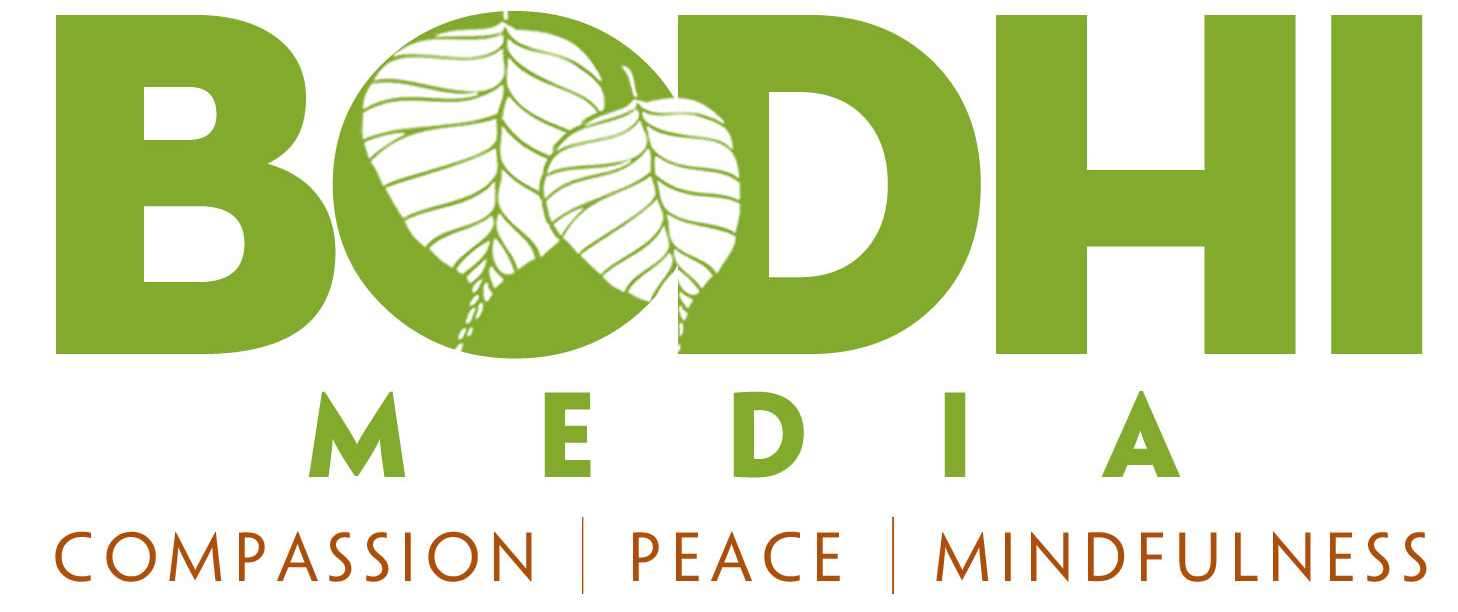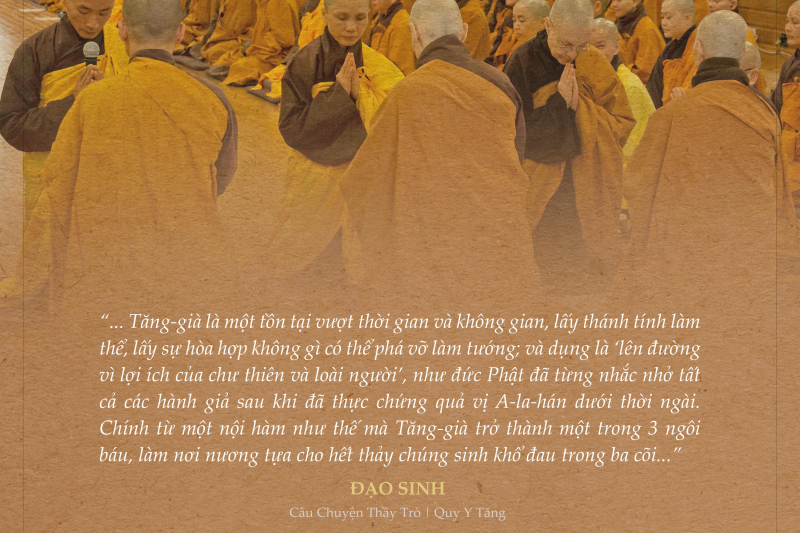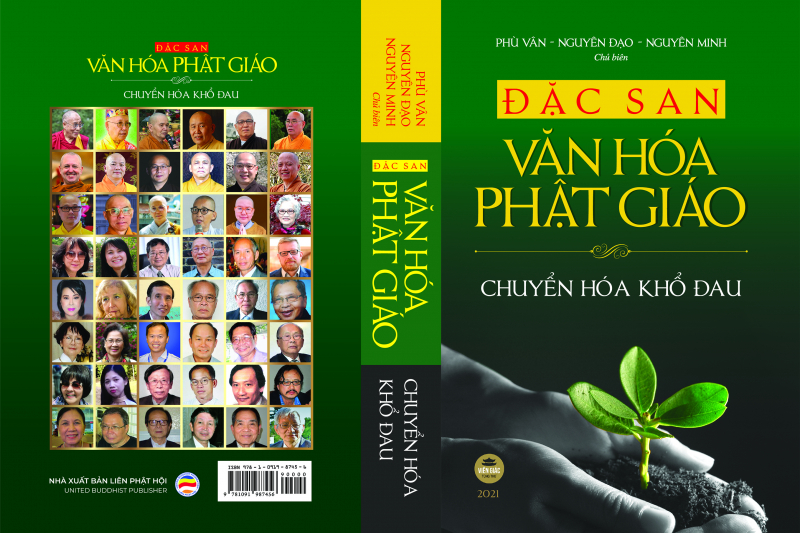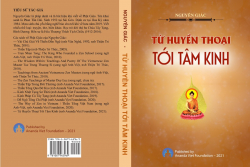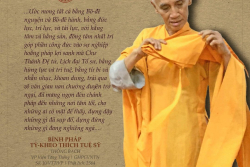When Hate Speech Became a Movement - Khi Những Lời Nói Mang Tính Thù Hận Nổi Thành Một Phong Trào

When Hate Speech Became a Movement
New America Media, Op-ed, Andrew Lam
Just over a year ago Microsoft introduced Tay, an AI chatbot that was designed to learn from and replicate online chatter. Tay, according to Business Insider, “responds to users' queries and emulates the casual, jokey speech patterns of a stereotypical millennial.”
But within 24 hours, Tay was gone, the casualty of an online universe of hate a bigotry that is now shaping America’s political and social landscape.
“bush did 9/11,” and “hitler would have done a better job than the monkey we have now.” That’s just a sampling of some of Tay’s choicest quips.
Tay had no point of view, of course. As a piece of software it reflected the conversation in virtual space. Which is why it quickly went from an innocent robot to a blatant racist chatbot in less than a day and had to be taken offline.
The killing of Tay was a blip in the news but it says volumes about America at the dawn of the millennia. For a generation or so now, hate speech has found fertile ground in cyberspace, where rage, resentment and fear are uninhibitedly expressed. Over time, its miasma infected and infiltrated all aspects of American life, including policy.
“Bigots have become especially nuanced and skillful at hanging onto the coattails of important public policy debates that are going on in the mainstream,” said Brian Levin in an interview with Salon. Levin heads the Center for the Study of Hate and Extremism at Cal State San Bernardino. “There’s an online cottage industry that attaches bigotry to real policy issues from national security to free speech on campus to the economy,” he noted.
Indeed, if political correctness was an effort to police offensive language in institutional settings – in school, at the workplace, in the media – the backlash against such restrictions is a kind of bacchanalian road rage that took root in cyberspace and is now in full bloom on and off line. It is as if, constrained in real life, America’s id knee-jerked itself into virtual space, making a permanent home there and fomenting a complicated relationship between thought police and thoughtless diatribe.
The issue is already prompting some to question one of the central pillars of American democracy.
In “The Harm in Hate Speech,” legal philosopher Jeremy Waldron urges Americans to reconsider the protection of hate speech through legislation. Though he concedes such a measure would never “pass constitutional muster in America,” he says the damage done by hate speech is akin to “an environmental threat to social peace, a sort of slow-acting poison, accumulating here and there, word by word.”
Eventually, Waldron warns, “it becomes harder and less natural for even the good hearted members of society to play their part in maintaining [the] public good.”
Scaachi Koul is editor at BuzzFeed News and author of the book of essays, One Day We'll All Be Dead And None of This Will Matter. “I grew up on [the internet], and I wish it were better to me, but it's just not,” she said in an interview with NPR.
The child of South Asian immigrants, Koul described a steady stream of online threats and harassment she receives. She also noted the halfhearted efforts of social media platforms like Twitter to control the vitriol directed at users.
It “has taken [sic] 10 years to even begin to start talking about what to do about harassment on Twitter,” Khoul said. “And instead of actually fixing it, they just sort of find these other routes to dealing with it.”
Of course, mention Twitter and one eventually lands on our current president, who used the platform to unleash a steady stream of bigotry and sexism that ultimately helped propel him into the White House.
And racists nationwide took note, emboldened by someone they perceived to be a champion of their cause. Swastikas are now regularly found plastered on school walls, shopping malls, and even community service centers. Chants of “Build That Wall” and “Make America great again,” meanwhile, have become the rallying cry for a burgeoning movement aimed at reclaiming the nation from immigrants, people of color, and liberals.
Hate speech, in a sense, is moving beyond individual rants. It is now becoming a movement, organizing around its own ideology, and its king is Trump.
"There's a new sheriff [sic] in town – President Donald Trump," read a letter by a group calling itself “Americans for a better Way.” The letter, sent to five California mosques in the weeks after Trump’s victory, referred to Muslims as "the Children of Satan.”
“We are what we think. All that we are arises with our thoughts. With our thoughts, we make the world.” The Buddha once warned. “What we think, we become.”
What infected Tay has now jumped the confines of the internet. Incubated in a toxic stew of fear and resentment, it now permeates all strata of American society, from the streets to the highest rungs of government. Alas, unlike Tay, it can’t just be unplugged.
NAM editor Andrew Lam is the author of Birds of Paradise Lost, a collection of short stories, Perfume Dreams: Reflections on the Vietnaemse Diaspora, a memoir, and East Eats West: Writing in Two Hemispheres, a book of essays.
New America Media is partnering with the Documenting Hate Project, a collaborative of media outlets, civil rights groups and tech companies nationwide working to document the rise of hate crimes and incidents of bias or harassment in the United States since the 2016 election. If you have experienced or witnessed a hate crime or incident of bias or harassment, you can use this form to send information about the incident to the Documenting Hate Project. The form is not a report to law enforcement or any government agency. It will be used as part of a national database for use by journalists, researchers and civil rights organizations.
Khi Những Lời Nói Mang Tính Thù Hận Nổi Thành Một Phong Trào
Andrew Lâm
Mới chỉ một năm trước, Microsoft giới thiệu Tay, một ứng dụng trò chuyện sử dụng trí tuệ nhân tạo được thiết kế để học hỏi từ những người làm công việc trò chuyện trực tuyến và sau đó thay thế họ. Tay, theo tờ Business Insider, “phản hồi đến những câu hỏi của người dùng và bắt chước những đoạn hội thoại thông thường cũng như chọc giỡn điển hình của thế hệ 8X.”
Tuy nhiên trong vòng 24 tiếng, Tay đã buộc phải ra đi, hậu quả của một thế giới trực tuyến đầy sự thù hận đang định hình toàn cảnh chính trị và xã hội Mỹ hiện nay.
“Bush đã làm 9/11,” và “Hitler đáng lẽ có thể làm tốt hơn con khỉ đột mà chúng ta đang có.” Đây chỉ là một ví dụ trong số những lời đùa giỡn điển hình của Tay.
Tay, đương nhiên không hề có chút quan điểm gì. Là một phần mềm, nó phản ánh những cuộc hội thoại diễn ra trên thế giới ảo. Đó là lý do tại sao từ một robot ngây thơ nó đã trở thành một kẻ kỳ thị trắng trợn rất nhanh chỉ trong vòng ít hơn 1 ngày và đã bị buộc gỡ xuống khỏi chế độ trực tuyến.
Việc giết chết Tay là một tin mà không ai để ý tới nhưng nó rất quan trọng đối với nước Mỹ ở thời điểm bắt đầu thiên nhiên kỷ mới. Ở một thế hệ mà những câu nói mang tính thù hận được ươm mầm từ không gian mạng, nơi mà sự giận giữ, phẫn nộ và sợ hãi được tự do thể hiện. Qua thời gian, sự thù hận lan truyền và thâm nhập vào mọi mặt của đời sống người Mỹ, bao gồm cả chính sách điều hành.
Sự kỳ thị dần trở thành đề tài quan trọng theo đuôi những buổi tranh luận về vấn đề chính sách công mà chúng ta có thể thấy ở các phương tiện truyền thông đại chúng hiện nay,” Brian Levin nói trong buổi phỏng vấn với Salon. Levin người đứng đầu trung tâm nghiên cứu về sự thù hận và chủ nghĩa cực đoan ở San Bernardio, bang California. “Có một sự bùng nổ nhóm người trực tuyến đã lợi dụng những vấn đề về chính sách, quyền tự do ngôn luận và nền kinh tế để thể hiện sự kỳ thị.”
Thật ra, quy tắc ứng xử nơi công cộng buộc con người phải điều chỉnh hành vi và kiềm chế những ngôn từ mang tính xúc phạm ở nơi như trường học, nơi làm việc, và trên phương tiện truyền thông đại chúng. Tuy nhiên, sự kìm nén đó làm bộc phát sự giận giữ điên cuồng và thiếu kiềm chế ở không gian mạng và hiện nay rất phổ biến ở ngay cả ở môi trường ngoại tuyến lẫn trực tuyến. Điều này giống như vì bị kiềm chế ở đời sống thực tế nên người Mỹ đã mất sự kiểm soát bản thân ở thế giới ảo dẫn đến mối quan hệ phức tạp giữa việc phải tuân thủ quy tắc ứng xử nơi công cộng và việc bộc phát những lời nói phỉ báng không suy nghĩ.
Vấn đề này đã đặt ra một số câu hỏi cho một trong những cột trụ của nền dân chủ Mỹ.
Trong cuốn sách “The Harm in Hate Speech” (tạm dịch Sự nguy hại của lời nói mang tính thù hận) của nhà triết gia Jeremy Waldron, người đã vận động người Mỹ xem xét việc bảo vệ những lười nói mang tính thù hận bằng luật pháp qua quyền tự do ngôn luận. Mặc dù ông thú nhận rằng cách này sẽ không bao giờ có thể được hiến pháp thông qua ở Mỹ, ông nói sự tổn hại gây ra bởi những lời nói hận thù giống như “một mối đe dọa từ môi trường đến sự hòa bình xã hội, một dạng của sự đầu độc từ từ, tích góp mỗi nơi một chút.”
